REVIEW – Zombies are still the most famous monsters of the classic film and gaming world. The sight of their rotting bodies, bloodshot, savage eyes and twitching movements still give us the creeps – provided they’re professionally executed. And Techland knows what makes a fly tick in the zombie field – even if their Dead Island games are far from being the emperors of horror titles. Dying Light offers a new perspective – thanks to a more serious tone, parkour gameplay, a stunningly professional visual world, and a day-night cycle. The question is, is all this enough to keep a horror fan happy? After the 2015 version, we’ve now tested the recently released Nintendo Switch version.
The fictional small Middle Eastern city of Harran in Turkey (the capital of Dying Light) has been stolen by zombies due to a mysterious viral infection. The government sends a special agent to the scene, parachuting him over the city to infiltrate the zombie-fighting military and find out the cause of the zombie outbreak. Things get off to a bad start as our hero is bitten by a zombie, so he has a tight deadline to save his own skin, let alone the lives of millions. So the agent has to learn to climb walls at lightning speed, run across rooftops, jump over, slide when he needs to – in short, master the tricks of parkour – and of course, slash the undead by the thousands.
Run Kyle, run!
At the beginning of the game, we are pretty weak and have no special survival or combat skills. The fact that we have been bitten is not a significant problem; for the time being, it just foreshadows an ominous future for our hero – thanks to an antidote called Antazin, which, while it does not provide a final cure, does hold back the symptoms.
The first hour of the game is designed to familiarise you with the basics. Anyone who has played EA’s Mirror’s Edge in the past will find it weaker in some aspects (the elaboration of running and movement) and more sophisticated in others (instead of linear tracks, you can run anywhere in the city).
As for killing zombies, it’s clear from the start of the game that all you have to do is smash the zombies into rottting burgers with various punching and stabbing tools and then kick them around on the ground.
You can also perform various executions: decapitation, slicing in two, and later in the game, you can get your hands on firearms. The otherwise relatively precisely controlled combat never becomes overly complex, but we won’t miss it that much. I’m not saying that you can’t get tired of mowing down zombies, but being an open world zombie game, you don’t have to kill all the zombies in the game, thank goodness, and the point here is often to be tactical.
Blue vision
However, what we do find is a ruthless variety of bashing, stabbing, and cutting weapons. I can’t remember a game in which I’ve ever seen so many tubes in my hand. Of course, you can find more sophisticated weapons in the various crates lying on the roofs of houses or inside them, and if you want a top weapon, you can get them from the dealers at a very high price. The best ones can be spiked, but remember that sooner or later, they all break down, so don’t get too attached to them.
As for the quantity: it’s pretty amazing how much unnecessary junk and junk weapons you’ll find that will clutter up your motel, so part of the game will be spent sorting through that hurrah.
In addition to weapons, you can also upgrade your hero with a relatively simple branch skill system. The three main branches are Survival, Agility and Strength – the first is obvious, the second enhances our parkour skills, and the third is a mowing skill. Agility is perhaps the most useful, as it allows you to escape from the most precarious situations and get from point A to point B in the fastest way in an otherwise quite large city.
The story is not the game’s strong point
While the combat and parkour elements are top-notch, the story is not a big draw. The developers have done the obligatory rounds, coming up with the usual clichés, with dull, two-dimensional characters, two opposing organisations and a protagonist who is nothing more than a slightly salty and one-trick pony government agent. Roger Craig Smith provides his voice, and I should have told you that Troy Baker is not the one who does the gravel, the two voice actors sound so similar!
The other characters are also somehow from other games: the main villain seems to have been plucked from some Far Cry DLC, and one of the female characters is from Half-Life 2 or some other FPS like it. The game also makes a visible attempt to evoke the film 28 Days Later with wild, jerky camera movements and a few forced twists – but without much success.
The story is not very original because we are given one after another of trite, “fetch-me-that”-like missions. I can’t tell you how many times I’ve heard the “do this for me, in return you get that item, money, information, etc.” and there is no lack of such missions here.
OK, I get that the story is just an excuse to run parkour and exterminate a wagonload of zombies, but considering that Techland has now put together a more serious game than Dead Island, they could have at least hired a relatively good story writer.
You are beautiful Harran. At least it’s pretty to me.
Thankfully, the game’s graphics on Switch also make up for the cluttered, boring story and other glitches. Dying Light is quite simply beautiful, with the fictional city of Harran almost coming to life on your HD screen. This is especially true of the weather effects and day/night solar cycles. When the sun begins to set, for example, you’re treated to a stunning spectacle, with realistic light and shadow effects that occasionally glisten with the pre-storm dust swirling in the wind, only to be followed by the sight of rain falling as the skies break. And in broad daylight, you can enjoy the HDR effects of the sparkling sun.
The same stunning visuals can be said of the human faces, and of course, the gruesome appearance of the zombies is also on point, especially the vultures. It’s clear that a large part of the revenue from Dead Island went into the graphics of Dying Light and it has to be said that they have made good use of the budget.
Look at that, it’s like watching Far Cry!
Apart from the professional graphics, Techland can’t deny that Dying Light/em>, they’ve taken elements from other open world games, as there’s a lot of elements from Far Cry 3 and 4, Assassin’s Creed, and Skyrim. For example, the squatting part, where you have to clear out the zombies from the “safe zone” to occupy them. These are hidden places where we can rest and store our stuff.
And then there’s the familiar Far Cry 3 tower-climbing, which is just as bloody annoying and tedious as it was in Ubisoft’s game.
As for the day-night cycles, it’s really just a hyped-up marketing tool rather than an actual gameplay feature. Why am I saying this? Well, the zombies get really bloody strong at night and the creepy-looking special zombies, the “volatiles”, crawl out at night (they’re not a fan of daylight, apparently). They’re lightning fast, they’re bloody strong, and if you come face to face with them, not only are your chances of survival minimal, but they’ll also draw in the other undead.
Sounds exciting, doesn’t it? Well, in fact, to avoid being noticed, all you have to do is get out of their triangular line of sight. The AI of volatiles is so crappy it’s almost beyond words. At this point, I just couldn’t take the game seriously…
What’s really cool is the “Be the zombie” game mode. What’s it all about? Well, as you might have guessed from the title, we get to be the zombies, in the multiplayer mode of the game, in another game. This can be annoying at first because a new scene starts during the single-player game and brings the story to a standstill, but it can be highly refreshing when you’re about to fall asleep during a boring single-player mission.
It’s an amazingly good port on Switch!
So the game is not perfect, but I was really amazed when I saw the Nintendo Switch version because they managed to create a great port of the original version in a very professional way, with minimal compromises. The graphics are, of course, a tad bit weaker: the textures are a bit less elaborate, the shadows are not as lifelike, and the draw distance is a bit compromised, but overall it’s still one of the best looking Switch ports. Of course, the beauty of the graphics can shine in handheld mode, so if you’re only playing on a TV, if you have the option (and graphics are essential for you), pick up the PlayStation, Xbox console or PC version, because the game is a bit more beautiful and detailed there.
But beyond the graphics, Nintendo Switch also has gameplay features that the PC/PS/Xbox versions obviously lack. One of these features is the touchscreen, making the map much easier to navigate.
The really cool feature, though, is motion control: using the motion tracker, you can, for example, smack zombies with iron pipes while waving one hand. Of course, you have to play on the TV to do this, but in handheld mode, you can use the gyro aiming to target the rattling zombies, which adds to the experience. The HD Rumble is a given, but I think it’s a bit of a blinder (especially if you’ve experienced DualSense on PlayStation 5). Still, it’s also a Switch extra that you can kill expiring Harrani populations in local co-op mode alongside the online multiplayer.
The real “blood update” has arrived on Nintendo Switch
The Dying Light is a clear improvement over the fairly mediocre Dead Island, but not enough to put it in the pantheon of the best action games. The melee and parkour parts are enjoyable and hats off to the visuals (and the zombie fights). Still, the mediocre, bland, boring story or the rather stilted open-world elements that don’t reflect originality on a minimal level are disappointing after many games like this, as is the cheesy but poorly executed night-time section.
But what makes the Switch version an excellent update is the use of the Nintendo Switch features mentioned above. I’m not saying that if you’ve played through the game on other consoles or PCs, they’re the only reason it’s worth revisiting the familiar Harrani adventure. Still, if you’ve missed out on Dying Light, the Nintendo Switch version is the best, even with the graphical compromises.
-BadSector-
Pro:
+ Punishing graphics, top-notch port on Switch
+ King parkour system
+ Solid, well-developed fight
Agaisnt:
– Average story
– Not very original open world elements
– The night section is a marketing ploy
Publisher: Warner Bros
Developer: Techland
Style: Survival horror, action, adventure
Release date: 27 January 2015
Dying Light
Gameplay - 8.1
Graphics - 9.2
Music/audio - 8.2
Story - 6.2
Ambiance - 7.1
7.8
EXCELLENT
What makes the Switch version an excellent update is the use of the Nintendo Switch features mentioned above. I’m not saying that if you’ve played through the game on other consoles or PCs, they’re the only reason it’s worth revisiting the familiar Harrani adventure. Still, if you’ve missed out on Dying Light, the Nintendo Switch version is the best, even with the graphical compromises.

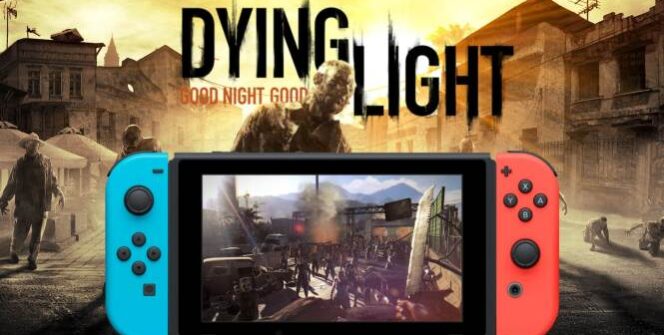

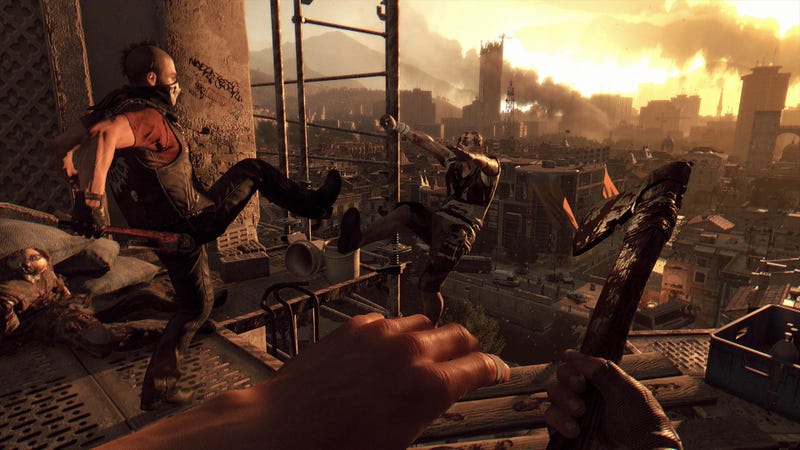
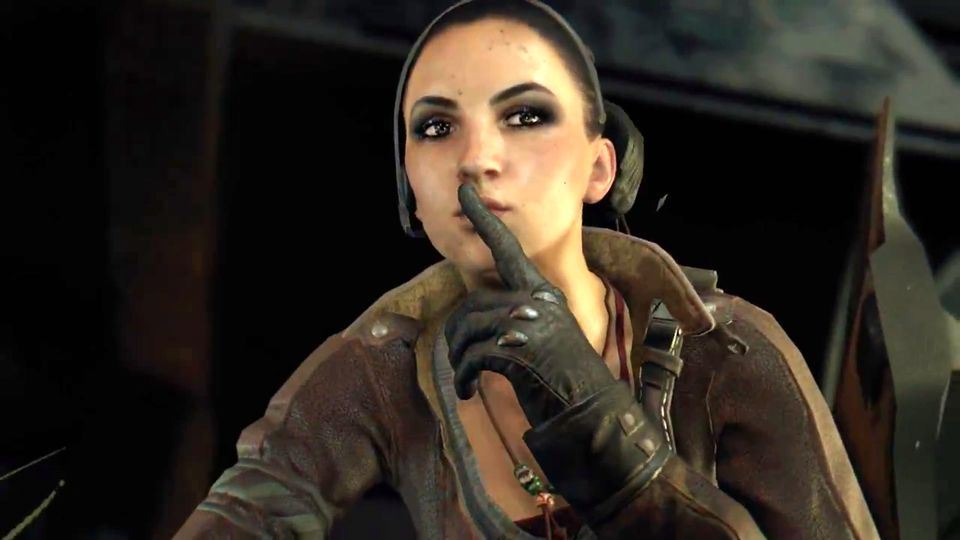
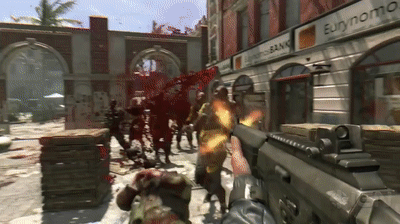
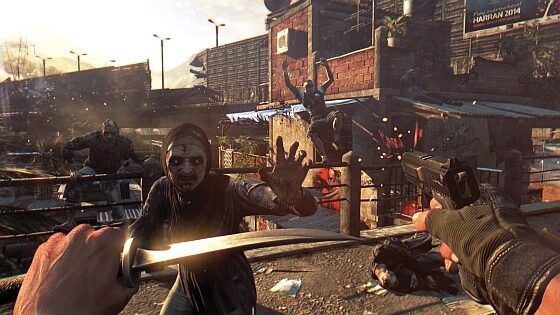
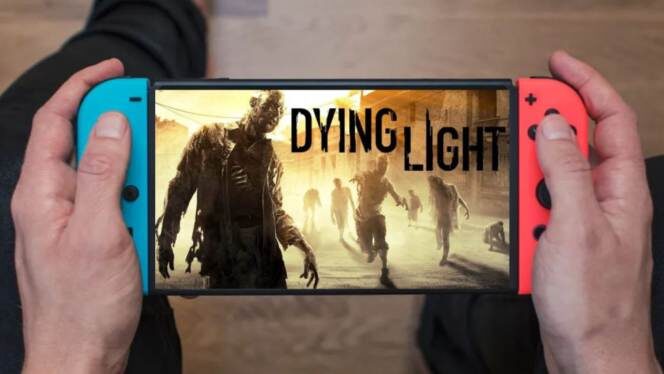

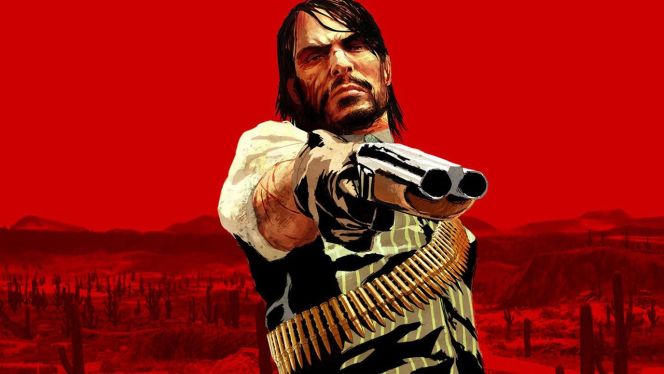
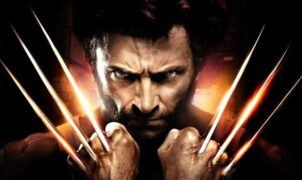
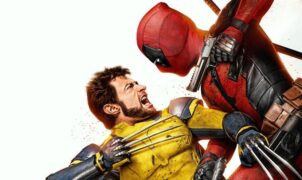
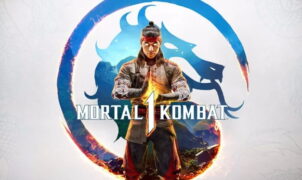
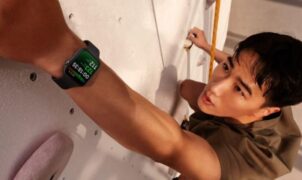
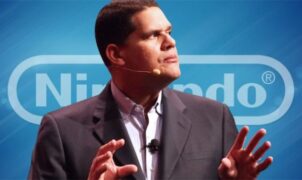
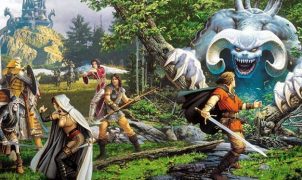
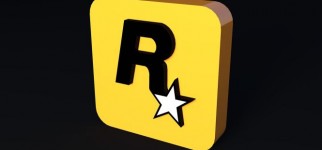
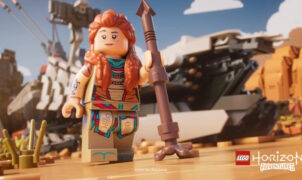




Leave a Reply